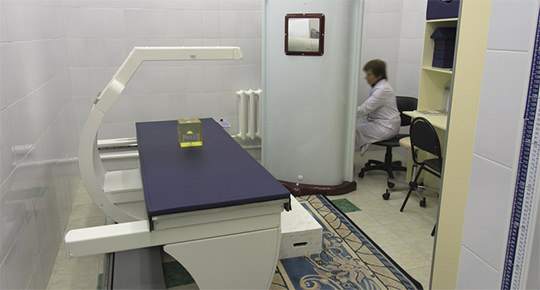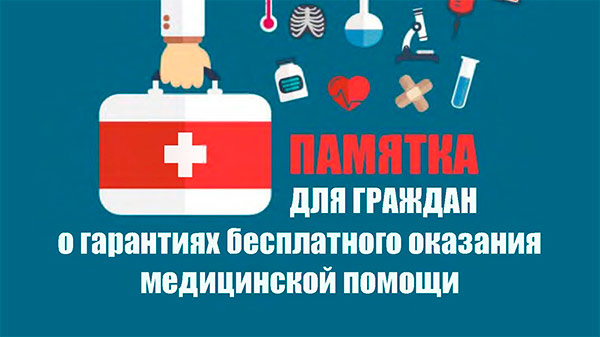- About the sanatorium
- Treatment
- Accommodation
- Services
- Prices
-
Customers
- Useful
-
Regulatory documentation
- Reception of citizens
- Question-answer
- Reviews
- Medical tourism
- Voluntary consent for children
-
Lean manufacturing cases
- lean manufacturing #2
- Lean manufacturing. Case No. 3
- Lean manufacturing. Case No. 4
- Lean manufacturing. Case No. 5
- Lean manufacturing. Case No. 6
- Lean manufacturing. Case No.1
- Lean manufacturing. Case No. 7
- Lean manufacturing. Case No. 8
- Lean manufacturing. Case No. 9
- Lean manufacturing. Case No. 10
- Lean_manufacturing_Case_N_11
- News
- Contacts
Densitometry and osteoporosis

What is osteoporosis?
This is a disease of the skeleton, which is expressed in a decrease in the density of bone tissue and, as a result, a decrease in its strength. Women are most susceptible to osteoporosis. Bone thinning in women begins at the age of 25 and accelerates significantly after menopause. Men are much less susceptible to osteoporosis. With osteoporosis, microarchitectonics is disrupted, the bone becomes thin and brittle. Osteoporosis is secretive and has no specific symptoms. Often a person learns about it after the fracture is received. The skeleton is deformed - the vertebrae are flattened, the spine is curved. Flattened vertebrae squeeze the roots of the spinal cord especially often in the lumbar region, which leads to back pain and limited mobility. Osteoporosis dramatically increases the likelihood of fractures. In those situations when a healthy person gets off with a minor bruise, a person suffering from osteoporosis risks being bedridden for a long time.
What is Densitometry?
Bone densitometry is used to determine the health of bones and exclude the risk of bone fractures. Early detection of osteoporosis allows you to take timely measures to prevent pathological fractures.
An ordinary X-ray allows you to determine osteoporosis "by eye" when 20-30% of the bone mass has already been lost. In the last two decades, highly effective devices for bone-densitometric studies have been developed, allowing to quantify bone losses and diagnose them at the early stages of osteoporosis with an accuracy of 2-5% in different parts of the skeleton.
X-ray methods of bone densitometry are based on measuring the density of the X-ray radiation flux passing through the bone tissue. A narrow and very low-power beam of X-rays is directed to the measured area of the bone and the intensity of the beam passed through the bone is recorded by the detector. The more the bone delays the flow of rays, the greater its density.
The radiation dose received by the patient during densitometry is very low-less than one tenth of the dose with standard chest radiography.
Who is shown densitometry?
- Women, in the first few years after menopause (especially after ovarian removal);
- All people who have two or more risk factors for osteoporosis;
- All people who have had one or more fractures over the age of 40 years not related to serious accidents (car accident, fall from a great height, sports injuries);
- People who have been taking glucocorticoid hormones (prednisone, hydrocortisone), thyroid hormones for a long time;
- People who are suspected of osteoporosis during an X-ray examination of bones;
- People receiving drug therapy for osteoporosis to monitor the effectiveness of treatment
How to prepare for densitometry?
Eat as usual, but stop taking calcium supplements at least a day before the examination. If you have recently undergone a barium examination or a computed tomography (CT) scan using a contrast agent or a radioisotope scan, tell your doctor about it. You may have to wait 10-14 days before doing a DEXA study. If there is the slightest chance that you are pregnant, tell your doctor about it.
How do they do densitometry?
Densitometry takes 10 -15 minutes. You will need to lie down on a table upholstered with a soft material, under which the radiation source is located. There is a sensor above the table.In the sanatorium" Krasno", the loss of bone density in the lumbar spine and in the upper part of the femur is being investigated. Most osteoporosis-related fractures occur in these areas.
What will I experience during densitometry?
You will not experience anything. A person does not have receptors that can respond to X-ray radiation. Moreover, it is as weak as in a densitometer. When you are on the table, you may be asked to maintain the set position for a short time while the device console moves above you, taking measurements. During the examination, you should try to maintain complete immobility so that the image is clear. The examination is painless, and the radiation dose is very low.








